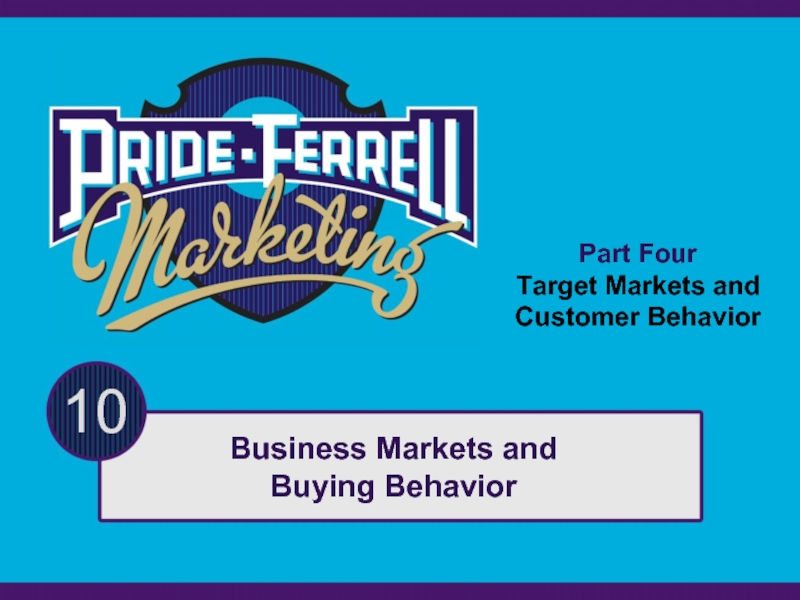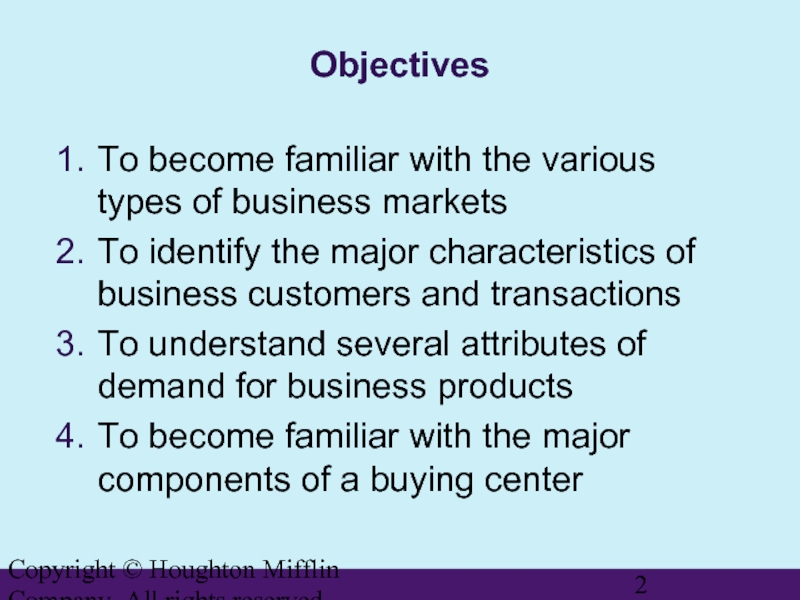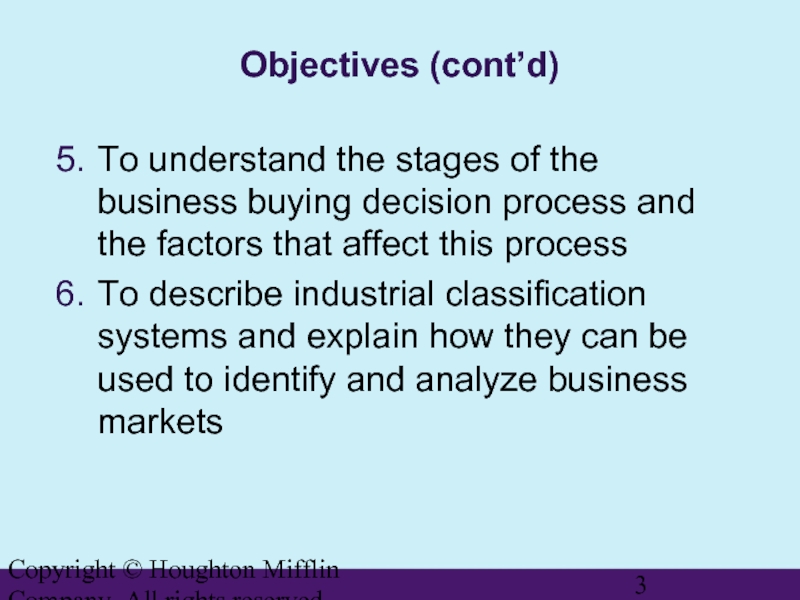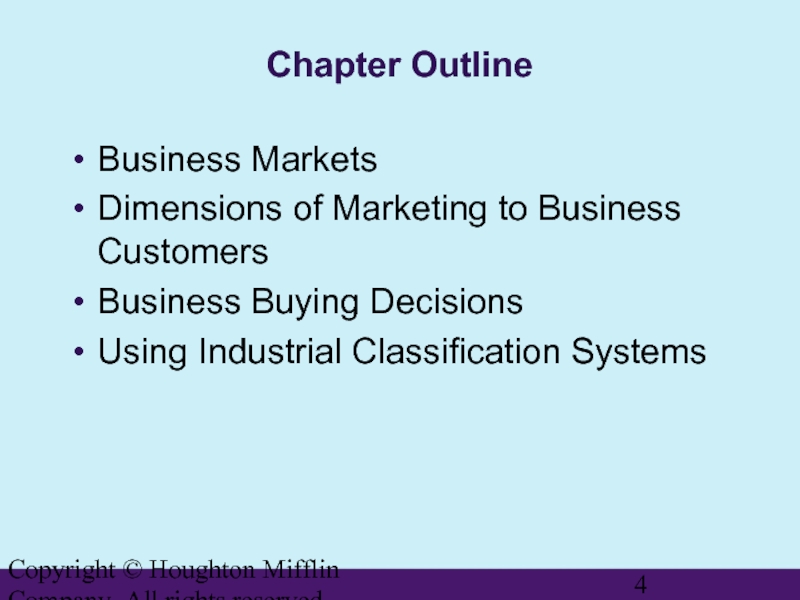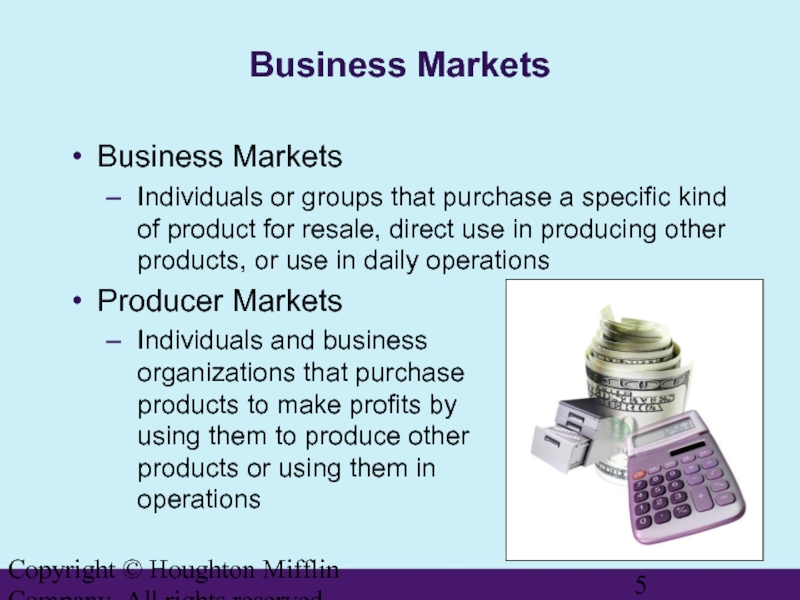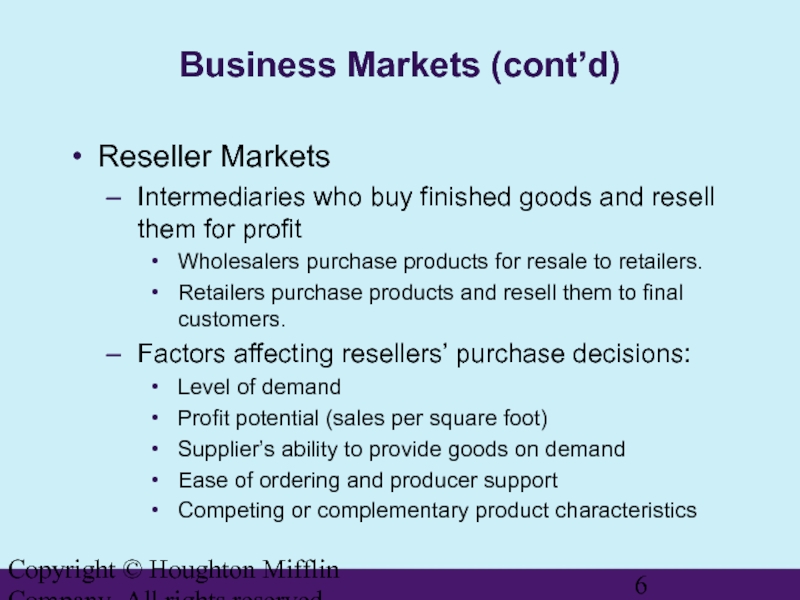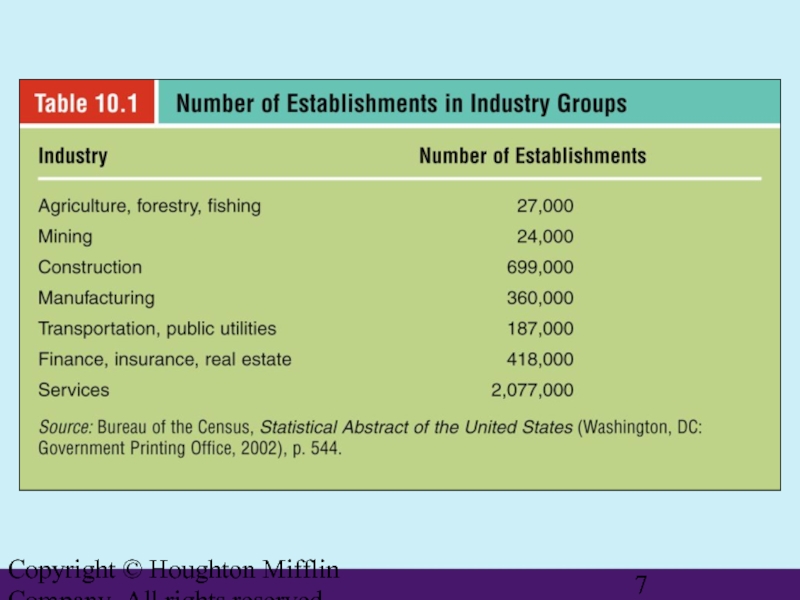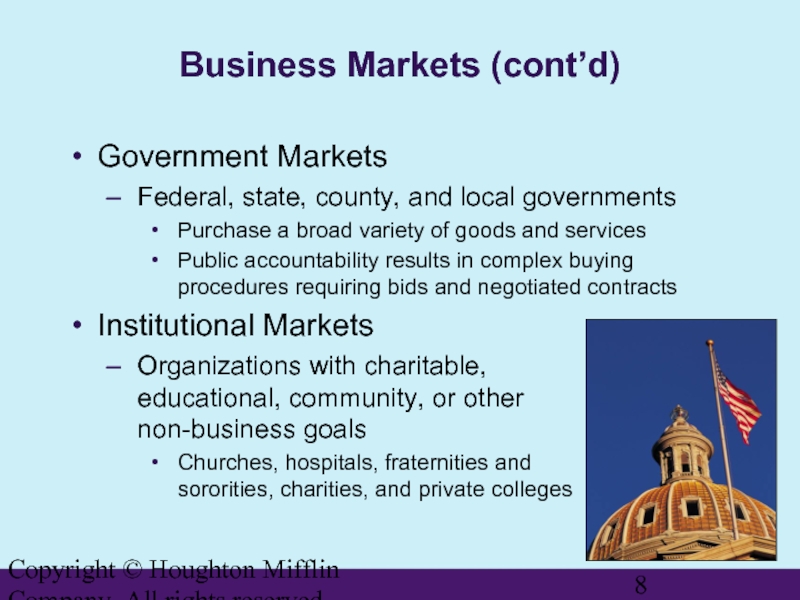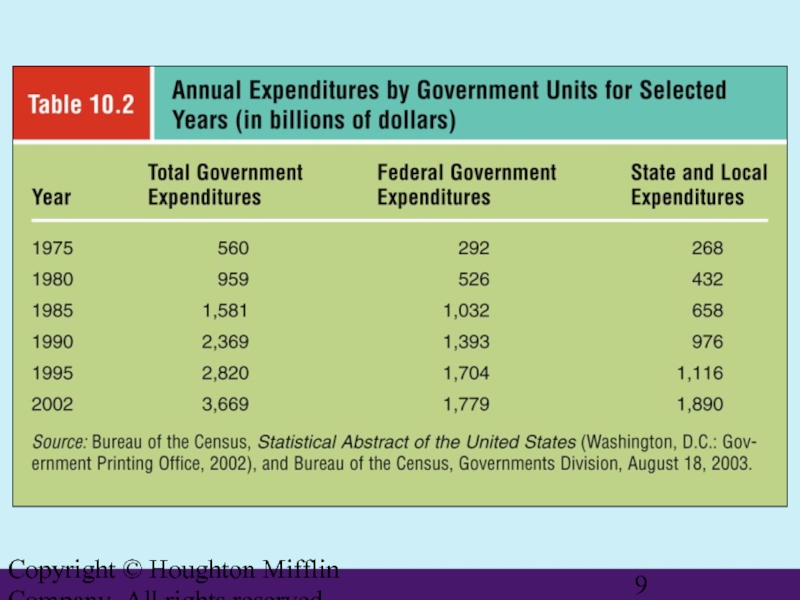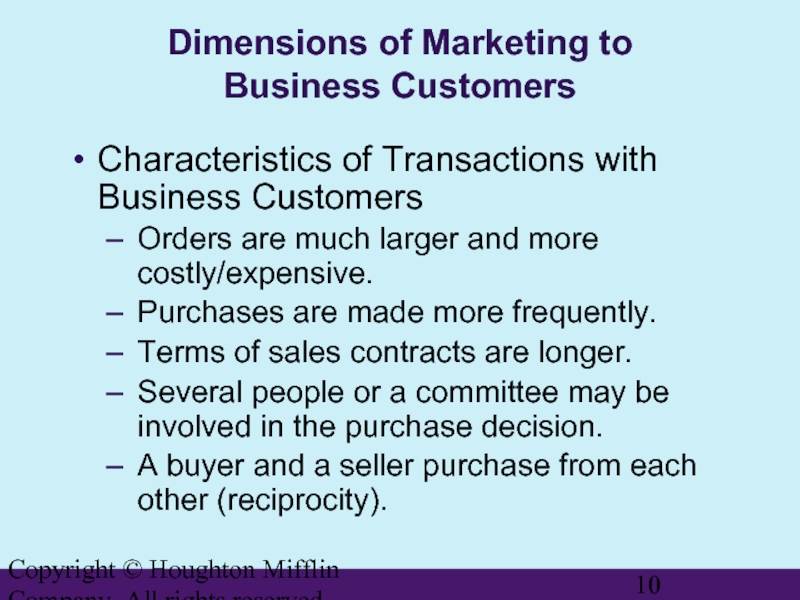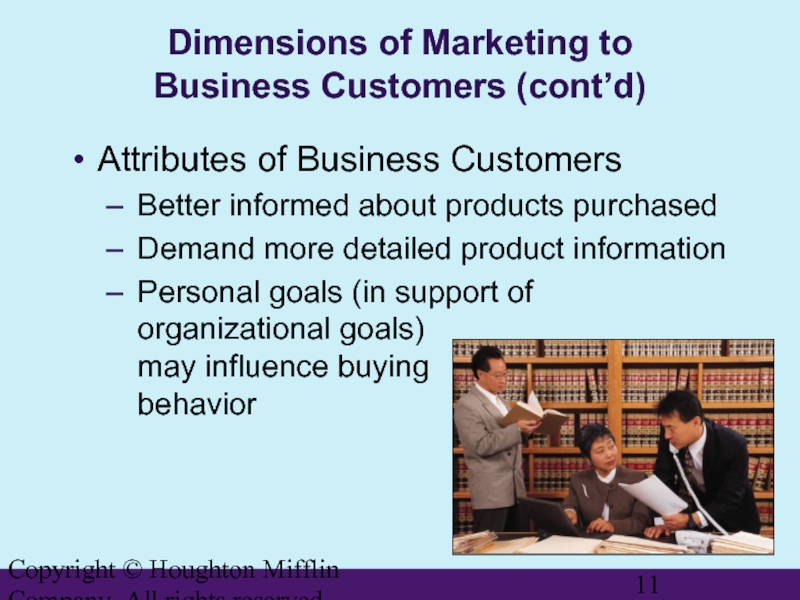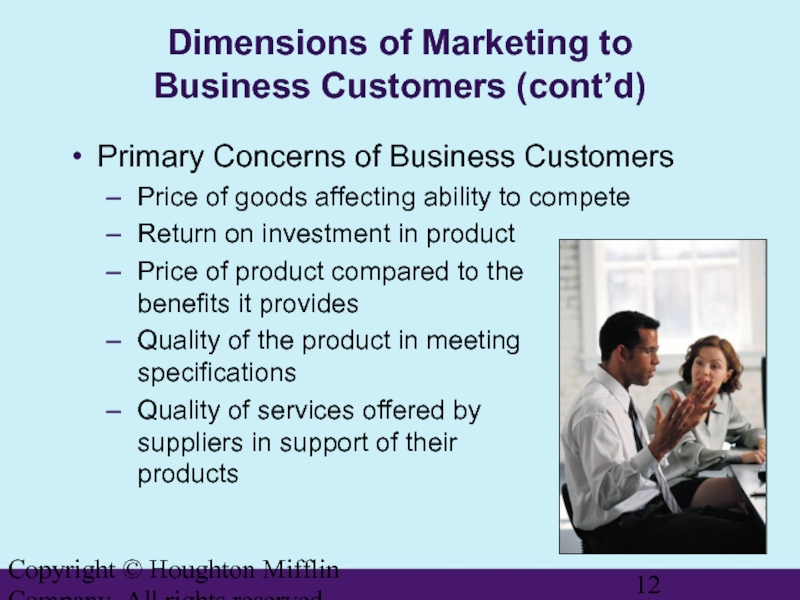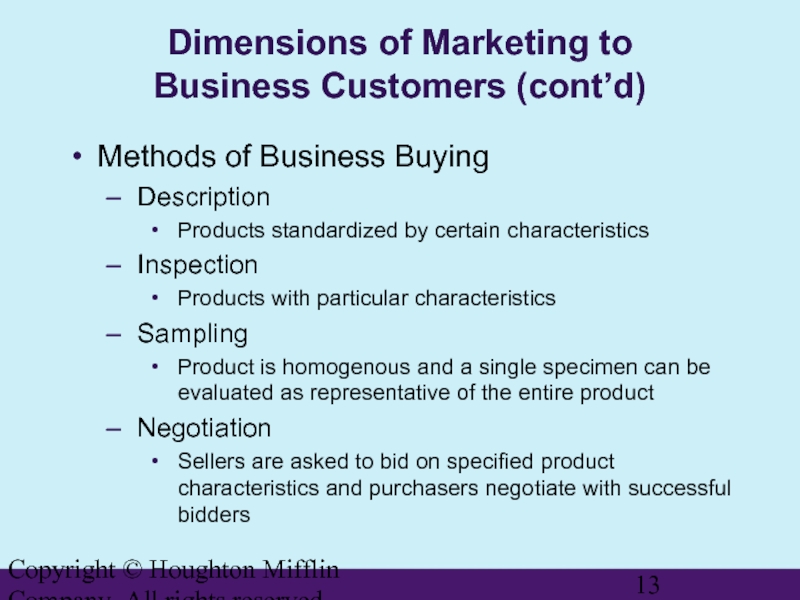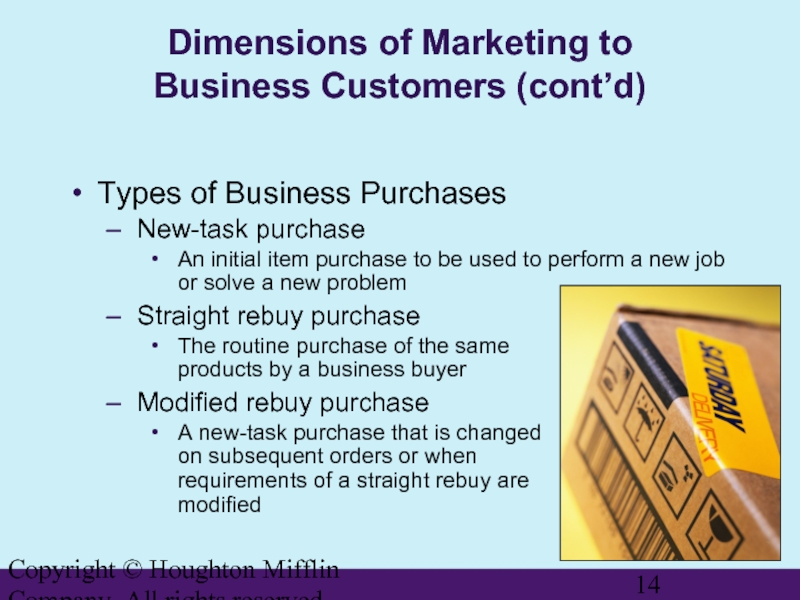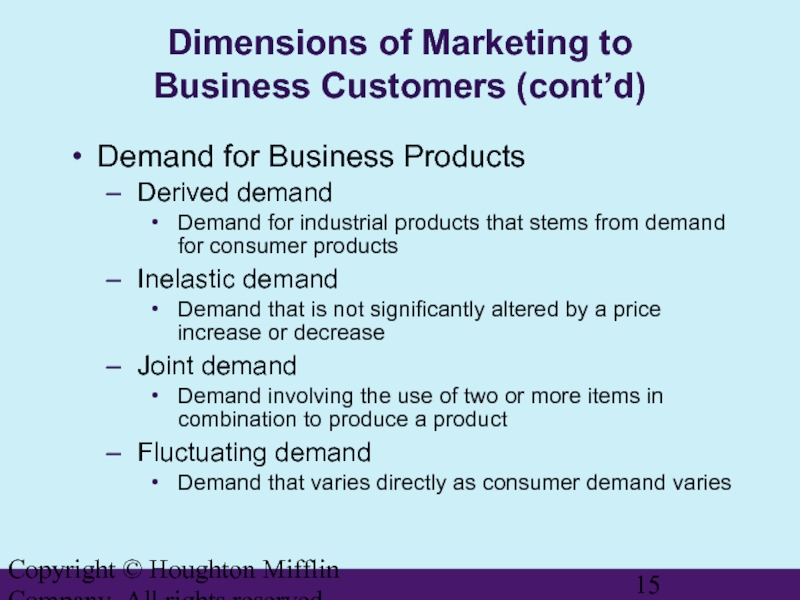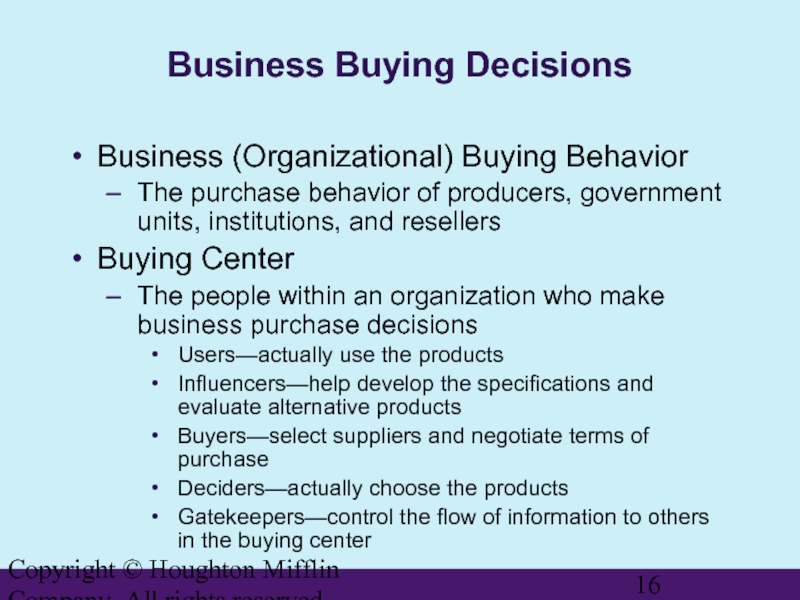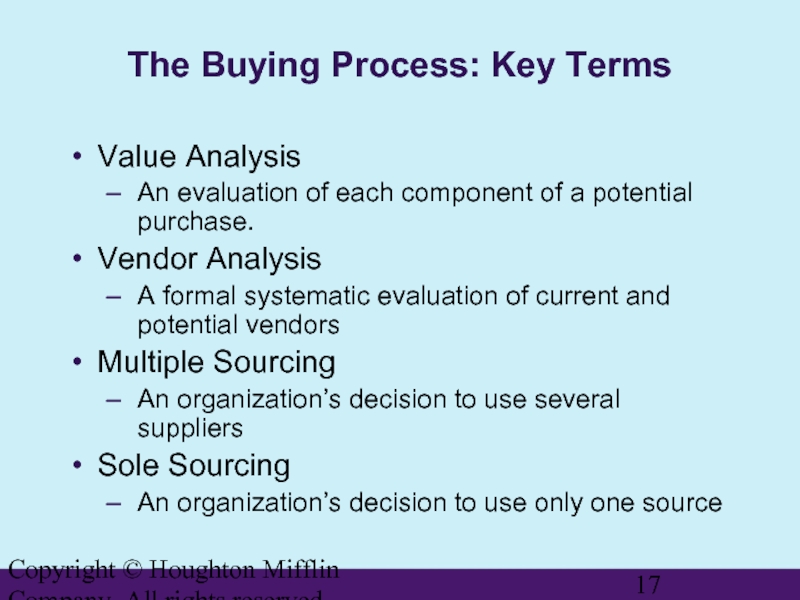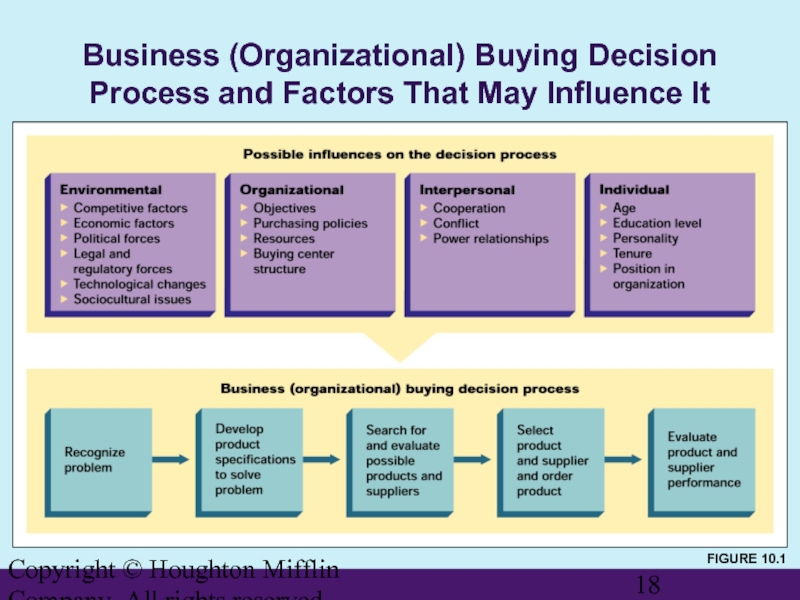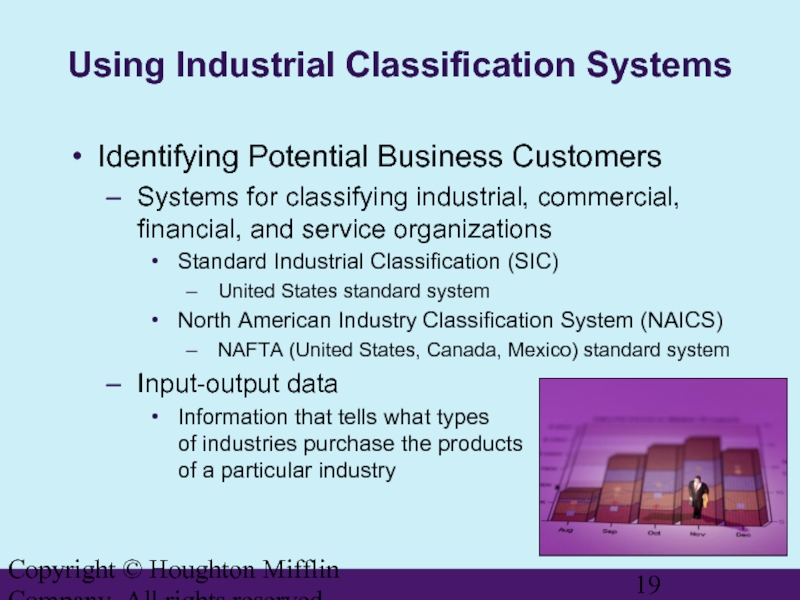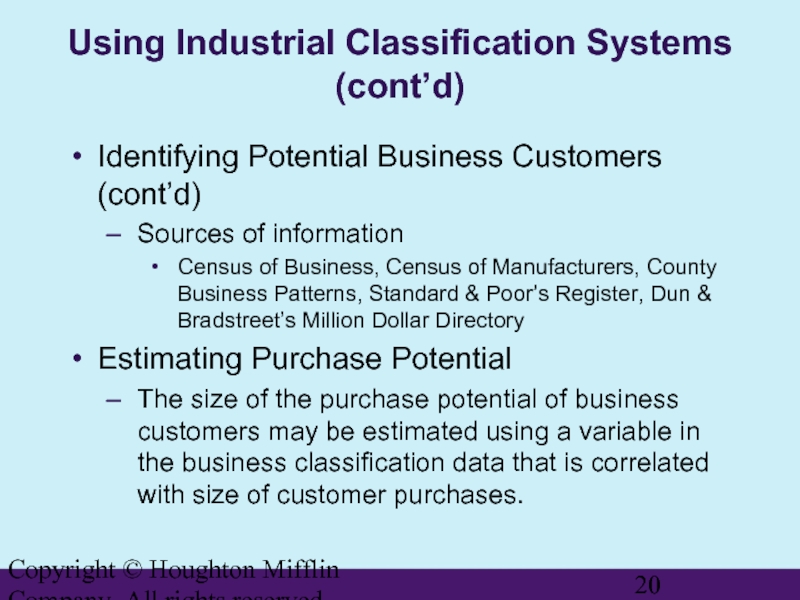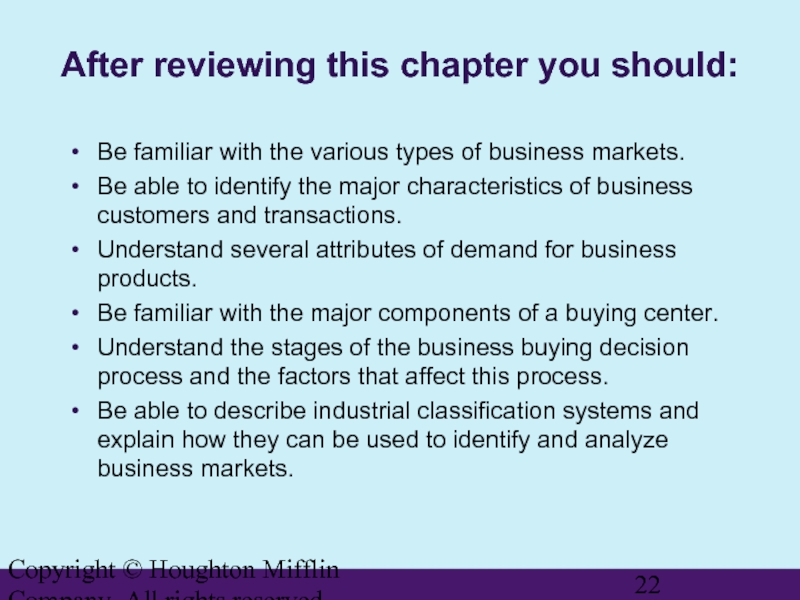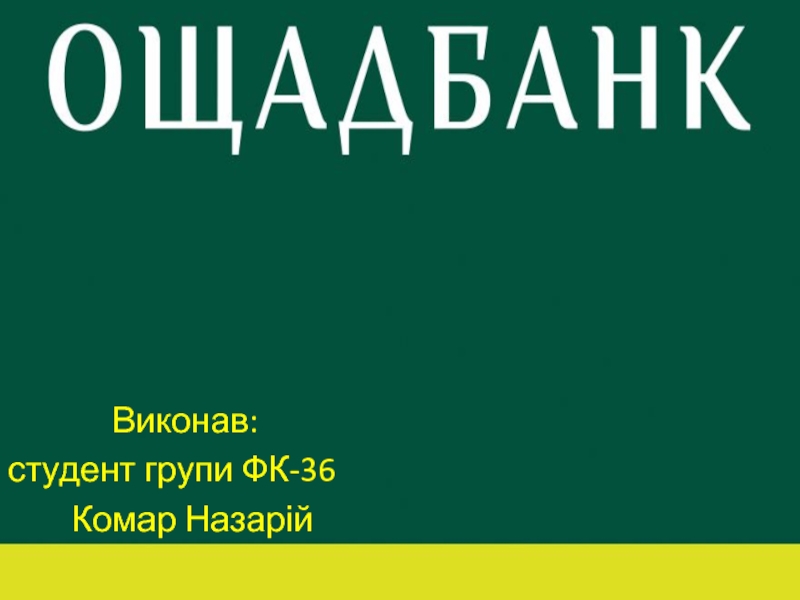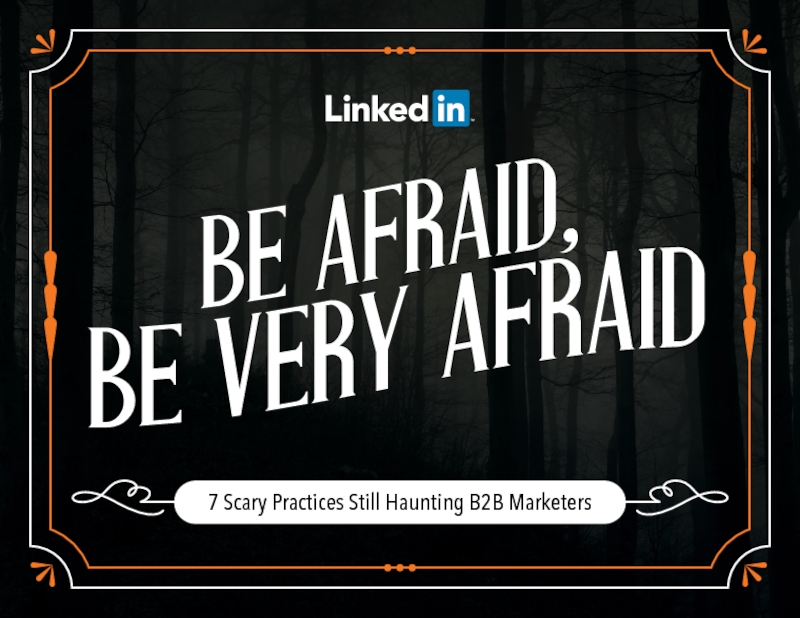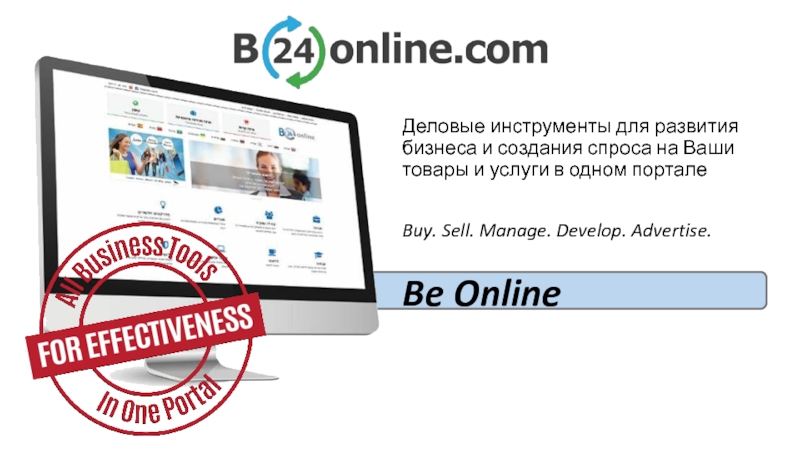- Главная
- Разное
- Дизайн
- Бизнес и предпринимательство
- Аналитика
- Образование
- Развлечения
- Красота и здоровье
- Финансы
- Государство
- Путешествия
- Спорт
- Недвижимость
- Армия
- Графика
- Культурология
- Еда и кулинария
- Лингвистика
- Английский язык
- Астрономия
- Алгебра
- Биология
- География
- Детские презентации
- Информатика
- История
- Литература
- Маркетинг
- Математика
- Медицина
- Менеджмент
- Музыка
- МХК
- Немецкий язык
- ОБЖ
- Обществознание
- Окружающий мир
- Педагогика
- Русский язык
- Технология
- Физика
- Философия
- Химия
- Шаблоны, картинки для презентаций
- Экология
- Экономика
- Юриспруденция
Target Markets and Customer Behavior. (Chapter 10) презентация
Содержание
- 1. Target Markets and Customer Behavior. (Chapter 10)
- 2. Copyright © Houghton Mifflin Company. All rights
- 3. Copyright © Houghton Mifflin Company. All rights
- 4. Copyright © Houghton Mifflin Company. All rights
- 5. Copyright © Houghton Mifflin Company. All rights
- 6. Copyright © Houghton Mifflin Company. All rights
- 7. Copyright © Houghton Mifflin Company. All rights reserved.
- 8. Copyright © Houghton Mifflin Company. All rights
- 9. Copyright © Houghton Mifflin Company. All rights reserved.
- 10. Copyright © Houghton Mifflin Company. All rights
- 11. Copyright © Houghton Mifflin Company. All rights
- 12. Copyright © Houghton Mifflin Company. All rights
- 13. Copyright © Houghton Mifflin Company. All rights
- 14. Copyright © Houghton Mifflin Company. All rights
- 15. Copyright © Houghton Mifflin Company. All rights
- 16. Copyright © Houghton Mifflin Company. All rights
- 17. Copyright © Houghton Mifflin Company. All rights
- 18. Copyright © Houghton Mifflin Company. All rights
- 19. Copyright © Houghton Mifflin Company. All rights
- 20. Copyright © Houghton Mifflin Company. All rights
- 21. Copyright © Houghton Mifflin Company. All rights reserved.
- 22. Copyright © Houghton Mifflin Company. All rights
Слайд 2Copyright © Houghton Mifflin Company. All rights reserved.
Objectives
To become familiar with
To identify the major characteristics of business customers and transactions
To understand several attributes of demand for business products
To become familiar with the major components of a buying center
Слайд 3Copyright © Houghton Mifflin Company. All rights reserved.
Objectives (cont’d)
To understand the
To describe industrial classification systems and explain how they can be used to identify and analyze business markets
Слайд 4Copyright © Houghton Mifflin Company. All rights reserved.
Chapter Outline
Business Markets
Dimensions of
Business Buying Decisions
Using Industrial Classification Systems
Слайд 5Copyright © Houghton Mifflin Company. All rights reserved.
Business Markets
Business Markets
Individuals or
Producer Markets
Individuals and business organizations that purchase products to make profits by using them to produce other products or using them in operations
Слайд 6Copyright © Houghton Mifflin Company. All rights reserved.
Business Markets (cont’d)
Reseller Markets
Intermediaries
Wholesalers purchase products for resale to retailers.
Retailers purchase products and resell them to final customers.
Factors affecting resellers’ purchase decisions:
Level of demand
Profit potential (sales per square foot)
Supplier’s ability to provide goods on demand
Ease of ordering and producer support
Competing or complementary product characteristics
Слайд 8Copyright © Houghton Mifflin Company. All rights reserved.
Business Markets (cont’d)
Government Markets
Federal,
Purchase a broad variety of goods and services
Public accountability results in complex buying procedures requiring bids and negotiated contracts
Institutional Markets
Organizations with charitable, educational, community, or other non-business goals
Churches, hospitals, fraternities and sororities, charities, and private colleges
Слайд 10Copyright © Houghton Mifflin Company. All rights reserved.
Dimensions of Marketing to
Characteristics of Transactions with Business Customers
Orders are much larger and more costly/expensive.
Purchases are made more frequently.
Terms of sales contracts are longer.
Several people or a committee may be involved in the purchase decision.
A buyer and a seller purchase from each other (reciprocity).
Слайд 11Copyright © Houghton Mifflin Company. All rights reserved.
Dimensions of Marketing to
Attributes of Business Customers
Better informed about products purchased
Demand more detailed product information
Personal goals (in support of organizational goals)
may influence buying
behavior
Слайд 12Copyright © Houghton Mifflin Company. All rights reserved.
Dimensions of Marketing to
Primary Concerns of Business Customers
Price of goods affecting ability to compete
Return on investment in product
Price of product compared to the
benefits it provides
Quality of the product in meeting
specifications
Quality of services offered by
suppliers in support of their
products
Слайд 13Copyright © Houghton Mifflin Company. All rights reserved.
Dimensions of Marketing to
Methods of Business Buying
Description
Products standardized by certain characteristics
Inspection
Products with particular characteristics
Sampling
Product is homogenous and a single specimen can be evaluated as representative of the entire product
Negotiation
Sellers are asked to bid on specified product characteristics and purchasers negotiate with successful bidders
Слайд 14Copyright © Houghton Mifflin Company. All rights reserved.
Dimensions of Marketing to
Types of Business Purchases
New-task purchase
An initial item purchase to be used to perform a new job or solve a new problem
Straight rebuy purchase
The routine purchase of the same
products by a business buyer
Modified rebuy purchase
A new-task purchase that is changed
on subsequent orders or when
requirements of a straight rebuy are
modified
Слайд 15Copyright © Houghton Mifflin Company. All rights reserved.
Dimensions of Marketing to
Demand for Business Products
Derived demand
Demand for industrial products that stems from demand for consumer products
Inelastic demand
Demand that is not significantly altered by a price increase or decrease
Joint demand
Demand involving the use of two or more items in combination to produce a product
Fluctuating demand
Demand that varies directly as consumer demand varies
Слайд 16Copyright © Houghton Mifflin Company. All rights reserved.
Business Buying Decisions
Business (Organizational)
The purchase behavior of producers, government units, institutions, and resellers
Buying Center
The people within an organization who make business purchase decisions
Users—actually use the products
Influencers—help develop the specifications and evaluate alternative products
Buyers—select suppliers and negotiate terms of purchase
Deciders—actually choose the products
Gatekeepers—control the flow of information to others in the buying center
Слайд 17Copyright © Houghton Mifflin Company. All rights reserved.
The Buying Process: Key
Value Analysis
An evaluation of each component of a potential purchase.
Vendor Analysis
A formal systematic evaluation of current and potential vendors
Multiple Sourcing
An organization’s decision to use several suppliers
Sole Sourcing
An organization’s decision to use only one source
Слайд 18Copyright © Houghton Mifflin Company. All rights reserved.
Business (Organizational) Buying Decision
FIGURE 10.1
Слайд 19Copyright © Houghton Mifflin Company. All rights reserved.
Using Industrial Classification Systems
Identifying
Systems for classifying industrial, commercial, financial, and service organizations
Standard Industrial Classification (SIC)
United States standard system
North American Industry Classification System (NAICS)
NAFTA (United States, Canada, Mexico) standard system
Input-output data
Information that tells what types of industries purchase the products of a particular industry
Слайд 20Copyright © Houghton Mifflin Company. All rights reserved.
Using Industrial Classification Systems
Identifying Potential Business Customers (cont’d)
Sources of information
Census of Business, Census of Manufacturers, County Business Patterns, Standard & Poor’s Register, Dun & Bradstreet’s Million Dollar Directory
Estimating Purchase Potential
The size of the purchase potential of business customers may be estimated using a variable in the business classification data that is correlated with size of customer purchases.
Слайд 22Copyright © Houghton Mifflin Company. All rights reserved.
After reviewing this chapter
Be familiar with the various types of business markets.
Be able to identify the major characteristics of business customers and transactions.
Understand several attributes of demand for business products.
Be familiar with the major components of a buying center.
Understand the stages of the business buying decision process and the factors that affect this process.
Be able to describe industrial classification systems and explain how they can be used to identify and analyze business markets.
